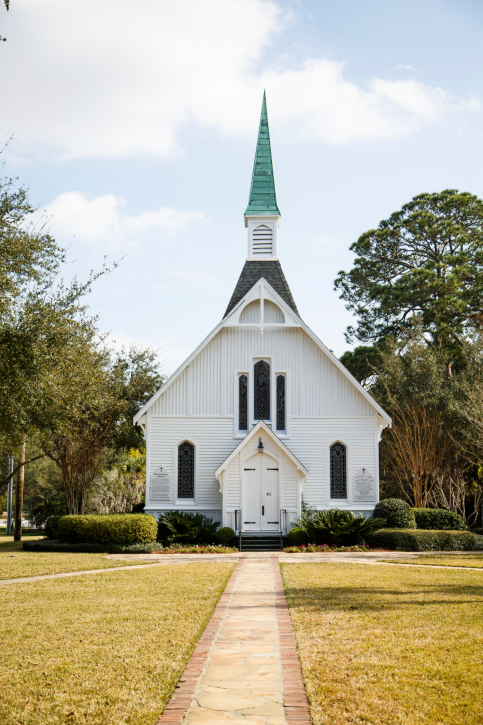
By Ken Behr
One of the biggest developments in the church world has been the redefinition of the ‘biggest churches.’
 By now, almost everyone has heard the term “megachurch” (a church with more than 2,000 in attendance), but few have understood the actual change in the church landscape that has happened in the past 30 to 40 years — literally, one generation.
By now, almost everyone has heard the term “megachurch” (a church with more than 2,000 in attendance), but few have understood the actual change in the church landscape that has happened in the past 30 to 40 years — literally, one generation.
While there are those who applaud (and many who disapprove of) the megachurch, its impact is profound — particularly if you’re a regular attendee or pastor of a church in the shadow of one of these megachurches, or even “gigachurches.”
First, let’s talk briefly about the growth of the megachurch.
In 1970, there were less than a dozen churches in the country with more than 2,000 in average weekly attendance. By the year 2000, just 30 years later, there were approximately 1,000 of these megachurches — an annual growth rate of nearly 20%.
By 2015, there were an estimated 1,900 megachurches, and it wasn’t unusual to see churches in America with average weekly attendance of 20,000, 30,000 and even 40,000 — what many are now calling “gigachurches.”
We also know that these megachurches are primarily very evangelical. They are passionate about ministering and reaching their communities, largely charismatic (at least in their worship), and give an appearance of being nondenominational.
Because of their size, their worship, choirs, facilities, children’s ministries, auditoriums — and even grounds — are spectacular. These churches can afford to hire the best, and the average lead pastor at a megachurch is paid nearly four times the average salary of other paid pastors. (Also note that more than half of the churches in America are led by bi-vocational pastors.)
So, what’s a “church in the shadows” to do?
Not every small church in the country is destined to become a megachurch, nor should it be. Nearly 90% of all churchgoers attend much smaller churches and obviously enjoy the size, fellowship and ministry they find there.
Even so, here are some things we can learn from the megachurches, and which are likely to contribute to continued health and vitality, if not attendance growth.
1) Traditions change. In Fiddler on the Roof, Tevye the milkman tries to maintain his family’s religious and cultural traditions against strong (and sometimes overpowering) outside influences. Similarly, as pastors, we need to continually take a look at the traditions that are not contributing to the Biblical heritage of the church and might, in fact, be contrary to the very purpose of the ministry of the local church. Traditions regarding music, dress, ritual, and even preaching style change. Pastors and churches resistant to these changes often find themselves in decline.
2) Decisions determine destination.
Often, we find ourselves at a particular place and wonder, How did we get here? While not often noticed as being consequential at the time, decisions that were made will impact our destination. Years ago, my wife and I were involved in a growing denominational church with a thriving school and ministry. In a period of just a few years, a number of decisions were made to re-emphasize traditional worship and catechism in the Sunday services. These decisions not only slowed the overall growth of this church, but quickly aged the congregation and significantly and adversely impacted the church’s outreach and ministry to the local community
3) Culture conditions the church.
Culture is defined classically by borders, symbols, language and values. As Christians, we can look at society and instantly see a culture that is often contrary, if not hostile to, the very fabric of our religious and biblical values. At the same time, every church has a culture that is also defined by the same borders, symbols, language and values that is either attracting or repelling the local people to whom the church is supposed to be ministering.
I’m one who appreciates some of the old hymns, the traditions and reverence that seemed to be so typical in our churches; however, society has changed. The megachurches have tapped into the changes in society to their advantage and have attracted younger families. They typically reflect diverse educational and economic demographics that enable new people to feel comfortable. People who are at ease and comfortable in church are much more likely to not only return, but also to learn and embrace the teachings and values that are important.
Note that I earlier mentioned not just the size of the megachurches, but that they tend to be very evangelical. They are passionate about ministering and reaching their communities, largely charismatic (at least in their worship), and give an appearance of being nondenominational. The cultural conditions in these megachuches are the very same conditions that contributed to the growth of their ministry without diminishing their Biblical standards.
While some may disagree with the results, few can disagree with the trends.
Churches in the shadows can and should be looking at their traditions, decisions and culture to ensure they are all contributing to their advancement of the Great Commission and the general ministry of the local church.

Ken Behr is the executive director of Faith Dialogue, a faith-based nonprofit in Palm Beach Gardens, FL.


